Art critic and Editorial Director of Arteviste, Maya Asha McDonald elaborates on the intricacies of vetting art and the artists she rates highly.
The one very personal element I always allow into my work is the emotion the exhibition initially stirred in me. Melancholy, joy, amusement… all feelings are welcome except indifference or boredom. If I don’t have a significant reaction during my first visit, that’s usually a negative sign.
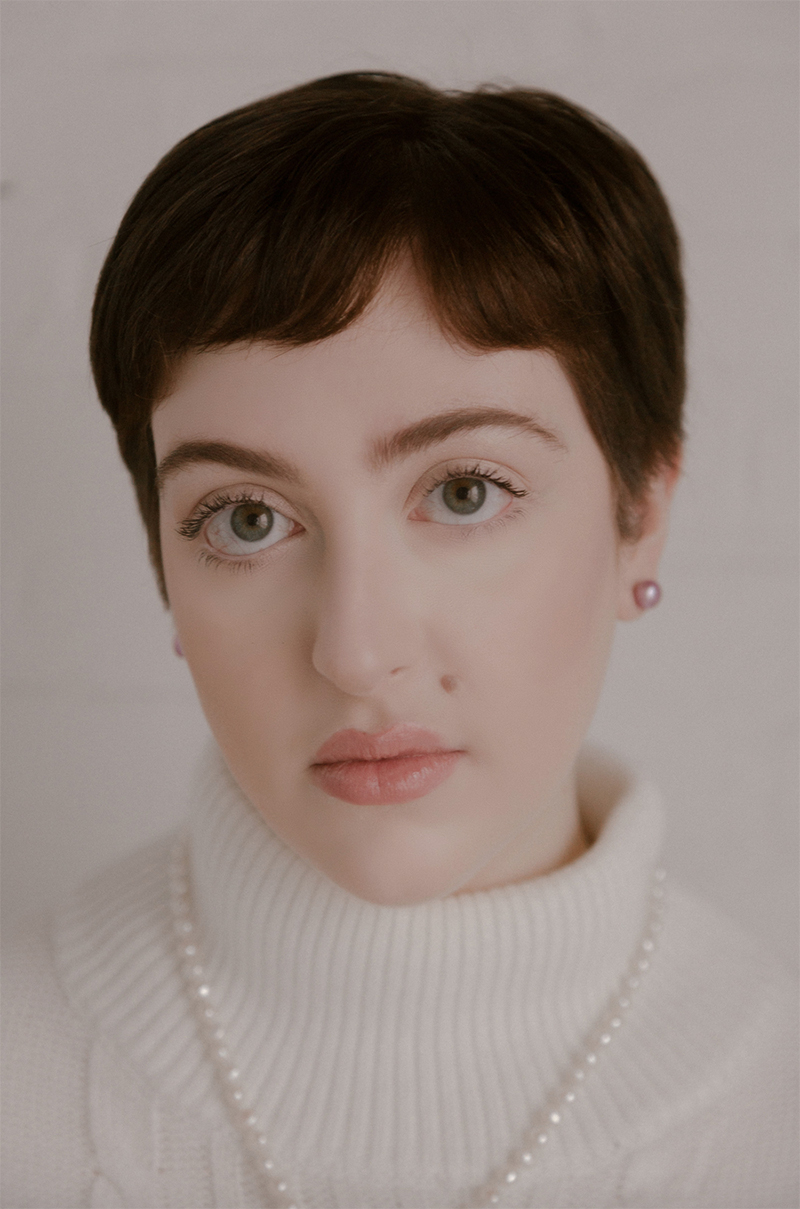
What does your role at Arteviste involve? How do you balance the contradicting elements of your work?
My role at Arteviste is that of editorial director, where I work closely alongside our wonderful founder Flora Alexandra Ogilvy. My role, among a myriad of other things, involves managing our many talented contributors from around the world and sub-editing their reviews on the international contemporary exhibitions we have assigned. In this capacity, I’m responsible for the layout of reviews, initial image selection and a large portion of the digital elements required for the platform to perform at peak capacity. As the editorial director, I have the privilege of covering some of our more high-profile reviews, like my interview with Theaster Gates and the review of his immersive installation Collective Intimacy on the invitation of Prada Mode, London.
Additionally, I help manage our founder’s busy schedule and assist her in preparing for her invitation-only artist and/or curator focused talks held at London’s blue-chip galleries. My favourite talk thus far was done at the ever chic Tristan Hoare gallery for their group exhibition Botanica, which featured a romantic array of pieces from sculpture to photography. During the week, Flora and I can often be found working at several of the Soho Houses in London or visiting an artist’s studio in preparation for an upcoming project.
Despite our many commitments, I find it easy enough to balance the contradicting elements of our work because of how well structured Arteviste is and how well the team works together. Flora has taken great care to make sure our work lives enhance our personal lives and that we are well equipped to deal with the varying elements of the art market. It’s a pleasure to work for such a strong woman who has a genuine interest in you as a complete individual and who wants to help elevate your performance in every aspect of life.
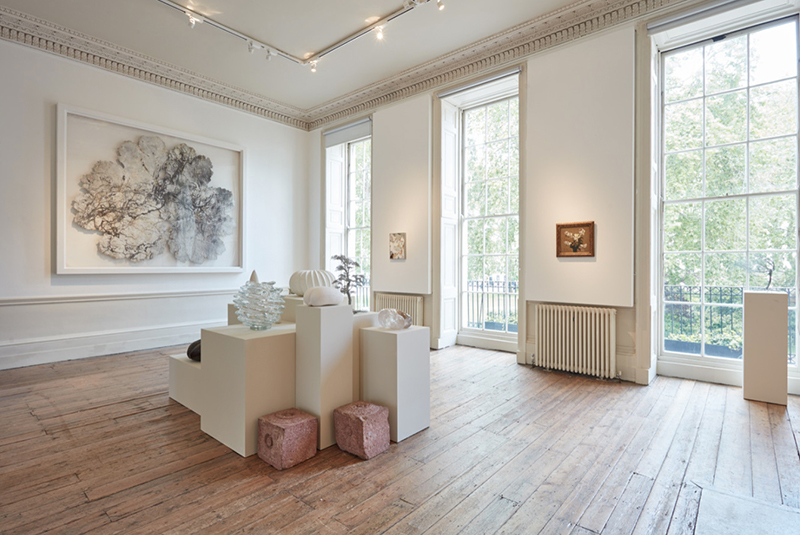
Botanica – Tristan Hoare.
What are you looking for when you review artists’ work? How does it all come together?
I approach every artist from an informed perspective, so that I can examine the current exhibition in relation to the artist’s already established oeuvre. Naturally, this is an oversimplified way of explaining what I do, but if I had to condense it, I’d say that my process requires me first to have a firm grasp of what has come before in the artists career and art history, as well as what’s happening simultaneously in the market like similar uses of the medium, comparable collaborations and ideas et cetera.
Critique is partially about personal taste, but I try to remove myself as much as possible and look at the work and curation from the perspective of a typical viewer. How would they experience the layout? Is it immediately engaging? How are people reacting to it? This methodology often requires that I visit an exhibition multiple times to accurately gauge the temperature of the response.
The one very personal element I always allow into my work is the emotion the exhibition initially stirred in me. Melancholy, joy, amusement… all feelings are welcome except indifference or boredom. If I don’t have a significant reaction during my first visit, that’s usually a negative sign.
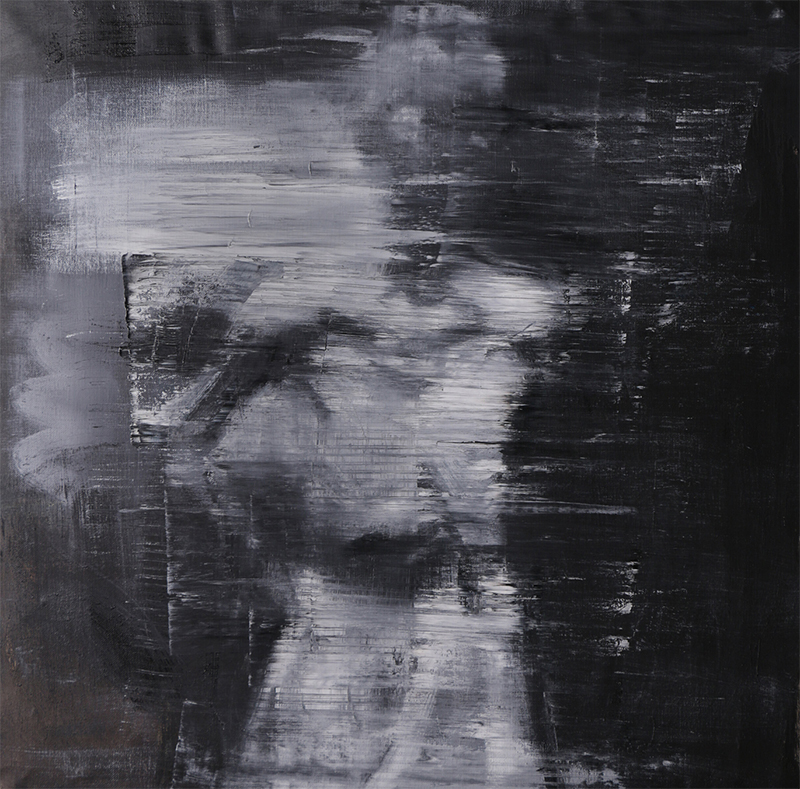
Holocaust III – William Foyle.
Tell us about some young artists who have captured your attention.
At the moment, there are three I’m particularly fixated on: William Foyle, Rithika Merchant and Cyrus Mahboubian. William, a dear friend, has produced some haunting Holocaust inspired works, one of which, Holocaust Figure III is going to be exhibited as part of the exhibition, (Not) a Good Time for Love, in Moscow which is dedicated to the 75th International Holocaust Memorial Day.
I was fortunate enough to be able to visit his enchantingly rustic studio in the Scottish countryside and see his latest collection of landscapes – a series of dreamy expanses you easily lose yourself in. In my opinion, William’s work is an absolute must for collectors looking to invest in something that will stand the test of time.
Rithika, known primarily for her collaboration with French fashion house Chloé, just had her debut solo show in Paris entitled Mirror of the Mind, which I was fortunate enough to review. She has got this fantastic mythological imagery that reads as effortlessly powerful. I’d say she is someone to watch closely over the next few years.
Last but certainly not least, Cyrus is someone whose work I have already begun to collect – a significant fact since I’m incredibly cautious when it comes to collecting. He recently had a major career milestone in the publication of his first photobook Viscera. His unique Polaroid images are executed with meticulous precision and often convey a dark sensuality that is nothing if not hypnotic.
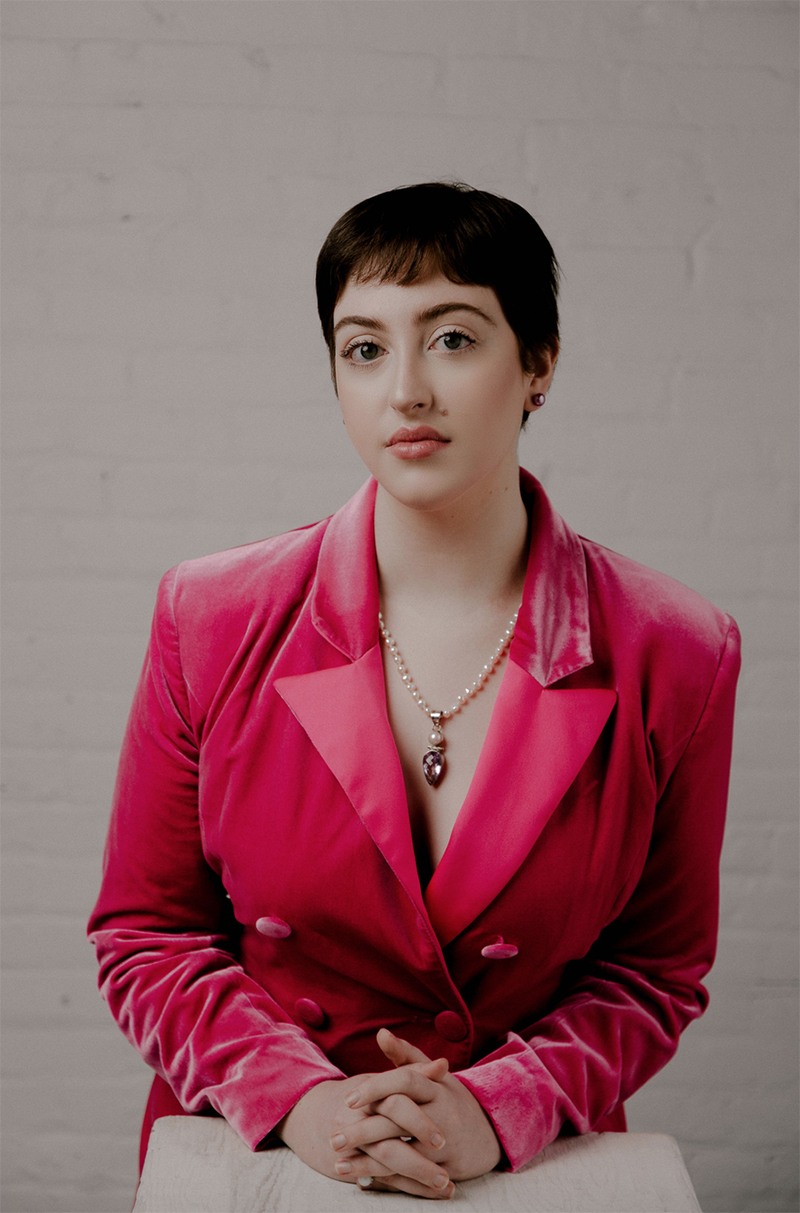
Maya Asha McDonald.
How does the art world look through your eyes? Let’s talk about your long-term vision.
Right now, what I see is an exciting industry full of fiercely opinionated personalities, quick wits and a shared ambition. When it comes to the long-term vision of the industry, I think that with enough solid data points anyone can make some educated guesses about the future of the art world, but I’ll leave that up to others to pontificate about. As it stands, I have seen many of my colleagues answer similar questions to this one, and I have to say that most of their visions of the future are coming from a severe personal bias. Online platforms see galleries becoming obsolete. Galleries think the online platforms are a fool’s errand. The prophecies are endless.
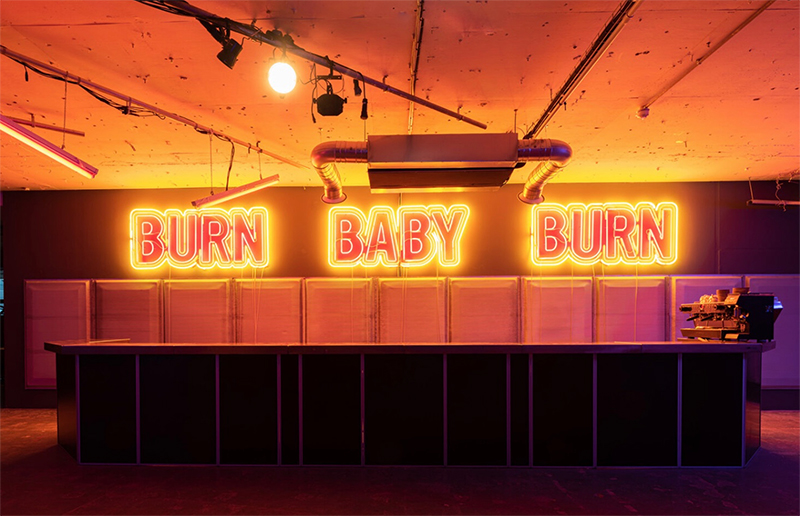
Prada Mode London – Theaster Gates.
Which shows, performances and experiences have shaped your own creative process? Who are your maestros? Whose journey would you want to read about?
My creative process is the culmination of many influences, but builds primarily on my love of storytelling and my lifelong admiration for those select few who can write in a way that transports the reader to a very specific time and place. One of my greatest literary heroes is a former war correspondent for The Sunday Times, Marie Colvin, who was killed while covering the siege of Homs, Syria in 2012. Colvin covered a loftier subject than I. However, I naturally gravitate towards powerful female narrative voices that often act as the first draft of history. For me, the goal is ultimately for my critiques to be the first draft of art history. Other major inspirations include the monologues of Quentin Tarantino, the poems of the ancient Greek poetess Sappho, the novels of Jane Austen, and the music of Leonard Cohen – clear voices that stand alone and leave an indelible mark on the larger culture.
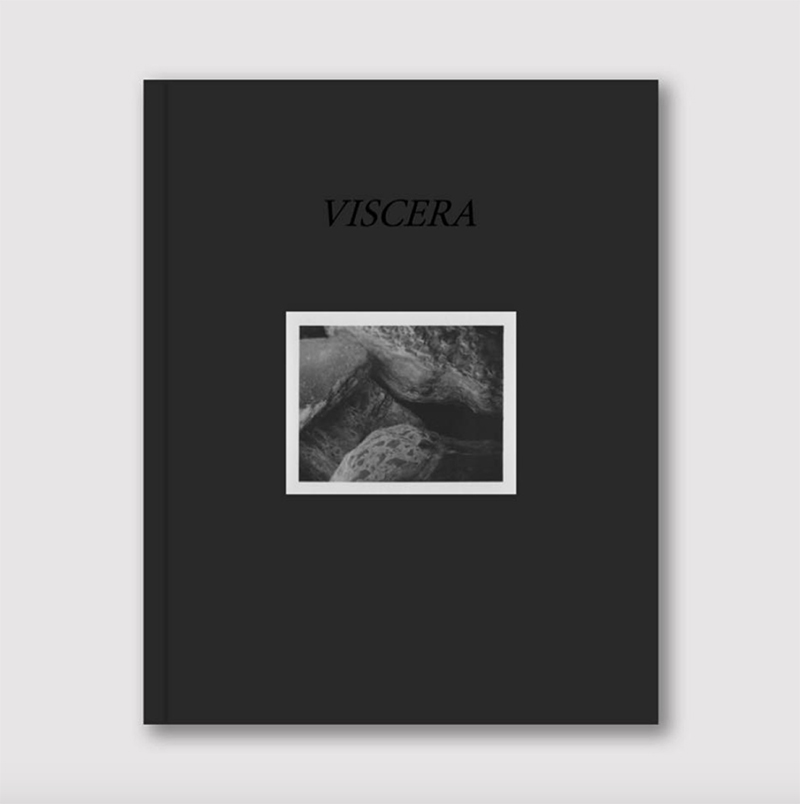
Viscera – Cyrus Mahboubian.
What are you working on now? What should we look forward to?
I’m confident that 2020 is going to be a big year for Arteviste and me personally, with so many thrilling projects in development. At present, I’m finishing up my review of the monumental Francis Bacon exhibition that just closed at Le Centre Pompidou, Paris. Readers of Arteviste can also look forward to more interviews with some of the most promising artists in the industry today, as well as an expanded geographical reach with exhibitions being reviewed in over ten major art cities. I have also decided that 2020 is the year I take full advantage of the enormous reach social media provides and am finally engaging fully with Instagram –something I have long resisted – so I do hope readers will check out my account @artmayasha for regular updates on reviews, art news and other sparkling moments from my life in London.
Before you go – you might like to browse the Asian Curator curatorial archives . Contemporary art curators and international gallerists define their curatorial policies and share stories and insights about the inner runnings of the contemporary art world.












Add Comment